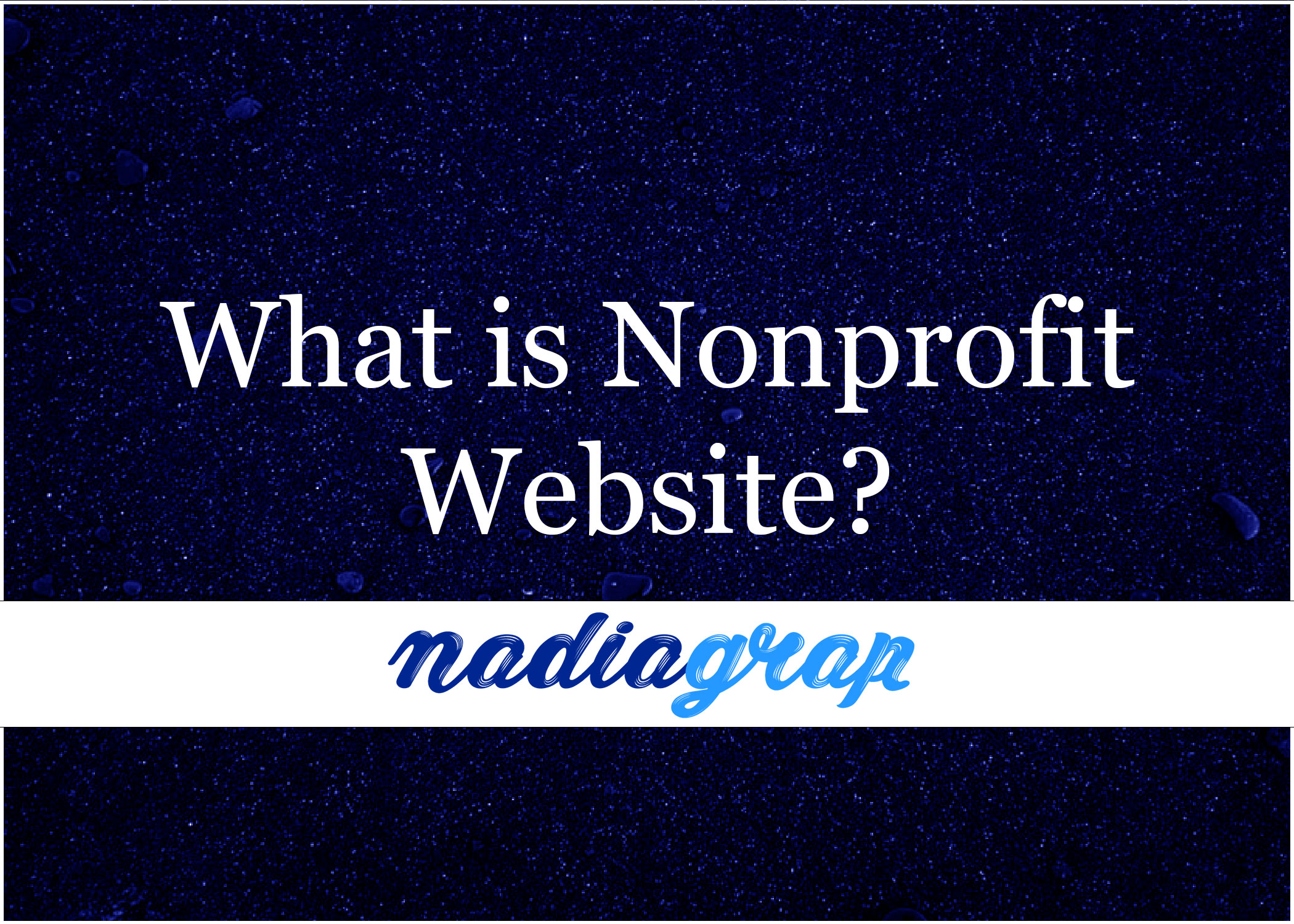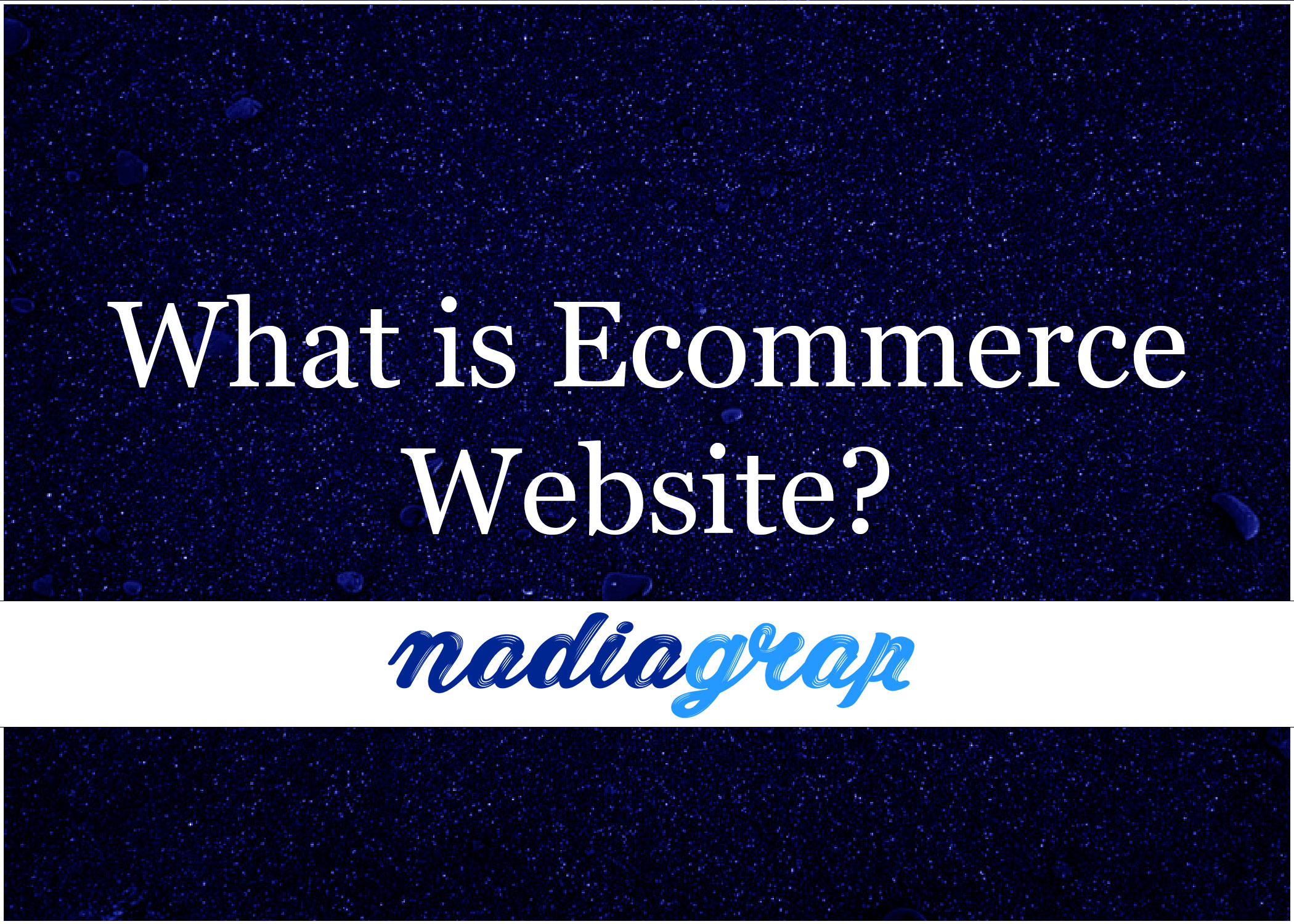

Electronic commerce is referred to as ecommerce. In simple words, it refers to the operation of an internet business. It refers to the online sale and purchase of products and services, in which money and data are exchanged through secure links in order to complete a transaction.
The business world is changing practically daily, thanks to technology developments and globalisation, which has resulted in more competition, allowing companies to produce better goods and services that respond to more specific consumer demands and wants than ever before.
E-commerce played an important role in our daily life and they are mentioned below:-
As a result, e-commerce is mostly employed during times of global shutdown. It will continue to play an essential role in the future. E-commerce has become one of the most important components and a strong engine for economic development in the growing global economy.
There are four primary types of ecommerce business models. All of them are classified based on the nature of the transactions. The classification of ecommerce businesses are as follows:
Business-to-business (B2B) is a sort of electronic commerce (e-commerce) in which products, services, or information are exchanged between businesses rather than between businesses and consumers (B2C).
A B2B transaction occurs when two businesses, such as wholesalers and online retailers, conduct business together. Each company benefits in some manner in most B2B business arrangements, and they generally have equivalent negotiation strength.
According to Grand View Research, worldwide B2B e-commerce is expected to reach $20.9 trillion by 2027, indicating a CAGR (compound annual growth rate) of 17.5 percent during the projection period (2020-2027).
The business-to-consumer (B2C) ecommerce model operates just as its name implies. A firm offers goods or services directly to individual customers online under the B2C ecommerce model. The retailer in the above example is using the B2C model, as he buys in bulk from the wholesaler and sells the items to individual consumers online.
Customers may browse and purchase desired items from the retailer’s online shop using the B2C model. When an online retailer gets an order, he processes it and then ships the products to the client immediately. Amazon, for example, is a great illustration of a B2C ecommerce strategy since it sells specific items to individual consumers. Expedia, Inc, IKEA, and Netflix are just a few examples of B2C firms that have grabbed the industry by storm.
The C2C concept is another online business model. It lets consumers use the internet to sell their goods or services to other customers. In today’s digital world, it makes perfect sense. To put it another way, this is mobile ecommerce!
The C2C ecommerce model allows individuals to sell their assets online to other persons, such as a vehicle, a home, or a bike. The vendor can post an ad with all of the product information. Customers who are interested in the goods may learn more about it and contact the vendor to complete the transaction. Ebay or OLX are two excellent examples of a successful C2C ecommerce strategy.
An individual client may offer goods and services to a business using this intriguing e commerce concept. It is the polar opposite of the B2C paradigm, which involves companies creating products and services for end users.
Individual customers can offer goods or services to companies that are prepared to buy them through the C2B ecommerce model. For example, if you are a software architect, you may use sites like Fiverr or Upwork to show off your abilities to possible employers. If the company is interested in your software abilities, they will buy the program from you and may even engage you for future services.
Top Ecommerce Platforms
1 WordPress
2 Shopify
3 Wix
4 Shift4Shop
5 WooCommerce
6 Volusion
7 Prestashop
8 Weebly
9 Squarespace
10 Magento
Before you launch your e-commerce website, double-check that it complies with the data privacy regulations in the country where your target audience lives. The GDPR and the CCPA are two of the first laws to have a direct influence on data collection, usage, and storage on a large scale.
Some of the policies you’ll need to set up on your eCommerce website are listed below:
These are just a few of the fundamental policies you should make apparent to your visitors.
Aside from that, if your website employs cookies (which is extremely rare), you must ensure that you have your users’ consent to keep their data in the cookies.
Given how quickly technology has advanced (and will continue to accelerate) in the last 10 years, the future of ecommerce remains uncertain. In recent years, the general public’s perception of shopping has shifted. The bulk of customers have switched to internet shopping from traditional brick and mortar stores. Several ecommerce businesses have sprung up as a result of this. Ecommerce has become one of the most talked-about company concepts, with values in the billions of dollars. Another factor that has contributed to ecommerce’s growing appeal is the sector’s constant innovation.
It was all about having a user-friendly website a few years ago, but now it’s all about mobile commerce and applications. Many individuals have begun to focus on the future of eCommerce due to the rapid pace at which advancements and new technology are being introduced.
WooCommerce, like WordPress, is an open-source platform that is the most popular choice for creating an eCommerce website. And it is presently the most widely utilized eCommerce technology.
WooCommerce is used by around 27% of all websites worldwide or 35,712 websites.
WordPress is a free and open-source content management system that works well with WooCommerce. Depending on the items you’re selling, you may customize your site using WordPress and WooCommerce.
You can easily install numerous WordPress and WooCommerce plugins to enhance the functionality of your eCommerce site.
A premium WordPress theme is an excellent alternative for eCommerce websites since they provide good customer service and are even more flexible.
So, whether you’re starting a little or large eCommerce business, WooCommerce has everything you’ll ever need to create a high-quality eCommerce store using the WordPress platform.
We appreciate WooCommerce and WordPress as a combination for creating eCommerce websites for seven reasons:
A domain name is your website’s online address. Using a name that is connected to your niche and extension .com is a simple approach to come up with a domain name for your website.
Check whether the domain name is available using a website like Namecheap.
Web hosting refers to the location where your website’s data is kept. There are a variety of web hosting service providers to select from, but for the purposes of this article, we’ll stick with Namecheap.
You can contact me on Fiverr for hire. I will build a professional website for you. Or if you want you can contact me on facebook, linkedin or instagram. Or direct contact with me on my website nadiagrap.com.
Finally, but certainly not least! On your website, provide a lot of reviews and testimonials. Before becoming a customer, people enjoy reading about other people’s experiences. Add a few negative ones as well. This part should not appear to be completely made up to fit your company’s needs.
Thanks to the Internet, ecommerce has made the globe a much smaller place. It’s simple, quick, and handy.
With the passage of time, the number of individuals who use e-Shopping will only increase. So take your business online, hire me to create a clutter-free, user-friendly eCommerce website, and watch your sales and earnings soar.







About the Nonprofit Website: The ability of nonprofits to communicate their message and cultivate an audience determines whether they succeed or fail. Developing a non-profit

What Is Affiliate Marketing and What Does It Mean to You? Affiliate marketing is a type of advertising in which a firm pays third-party publishers

What is the definition of an educational website? Websites with games, movies, or topic-related resources that operate as tools to increase learning and augment classroom

What is the definition of an entertainment website? An entertainment website is a brand or website that focuses on providing its consumers with high-quality entertainment